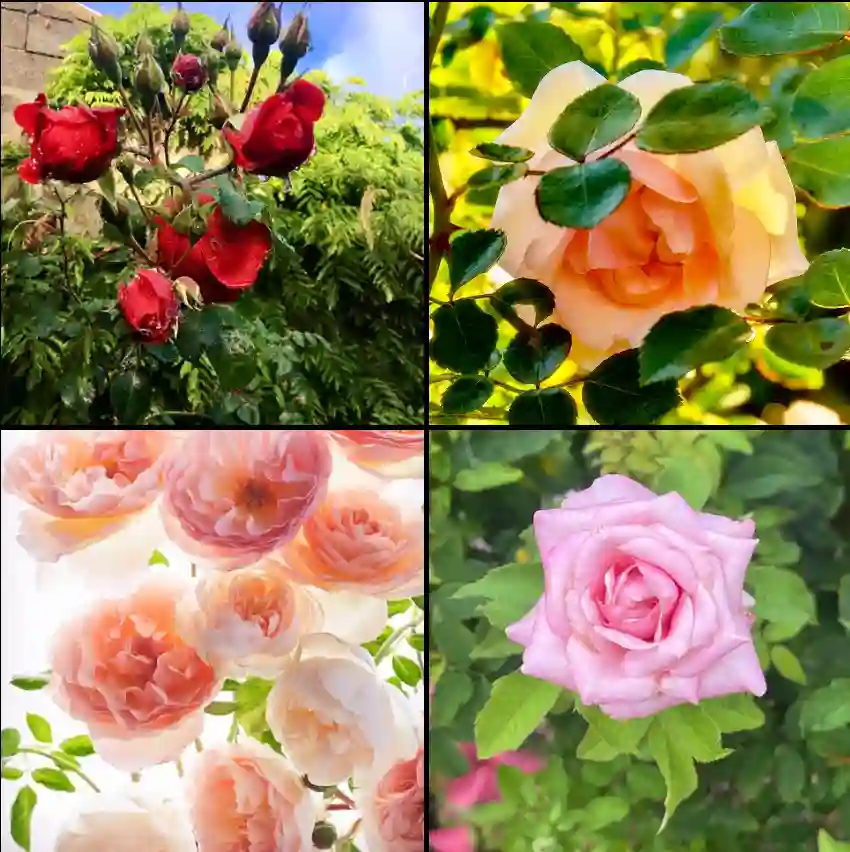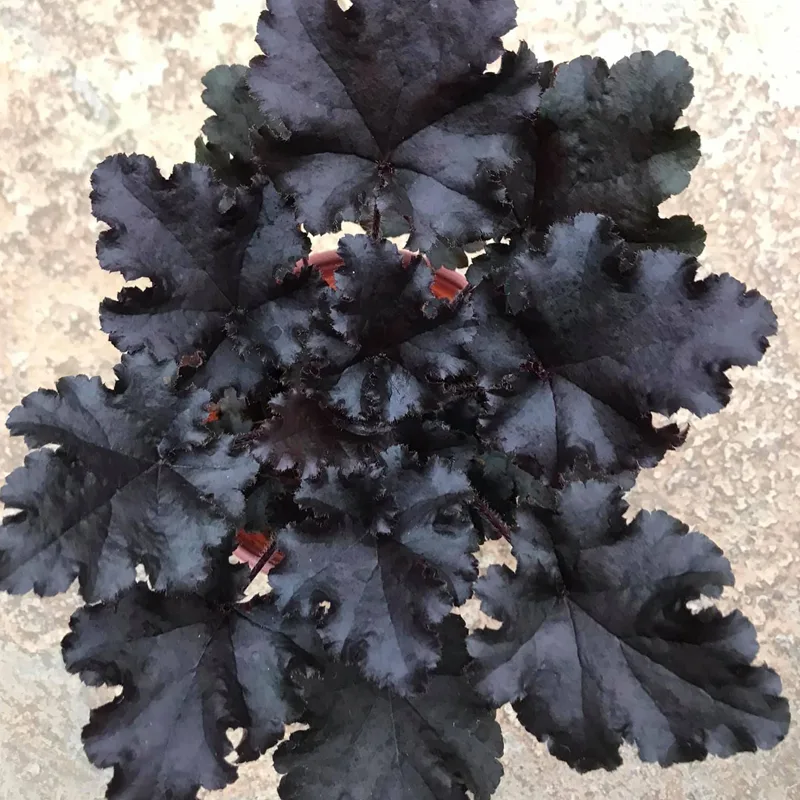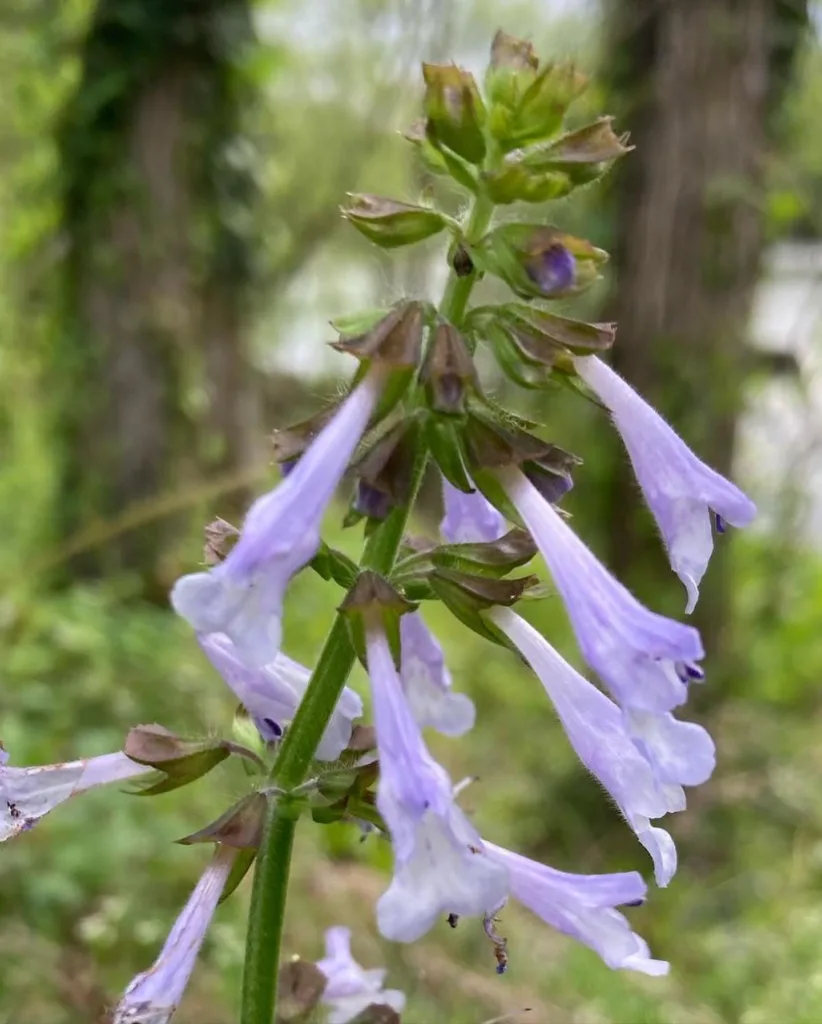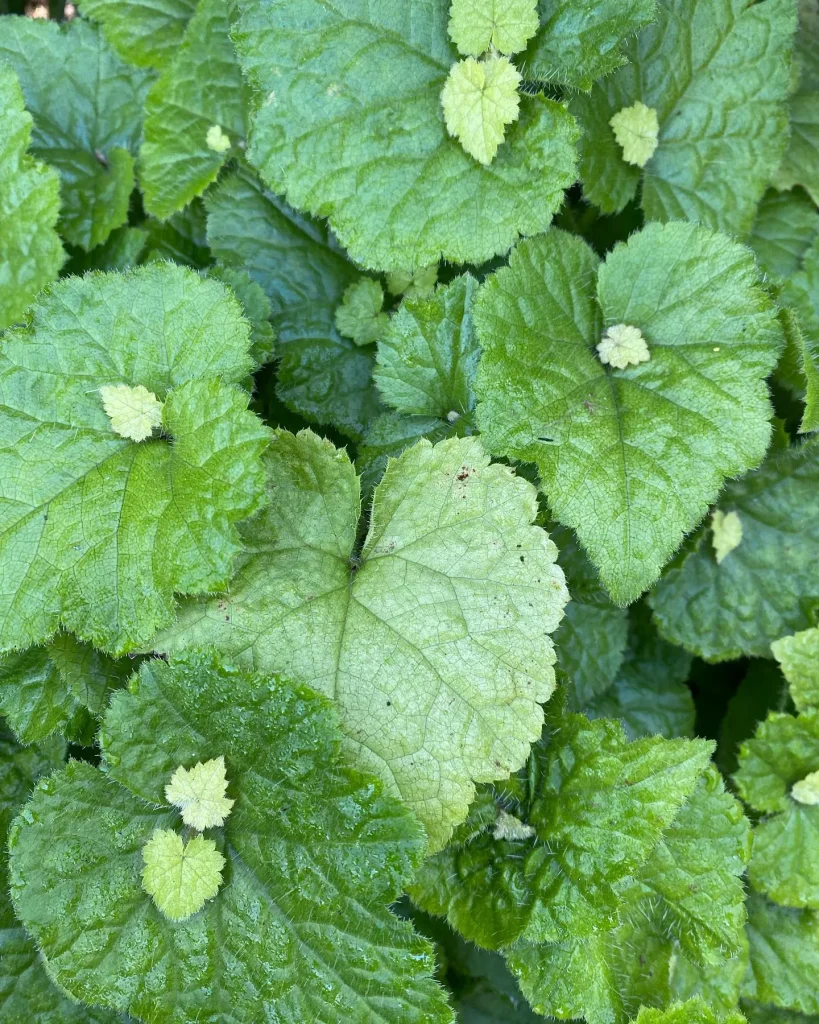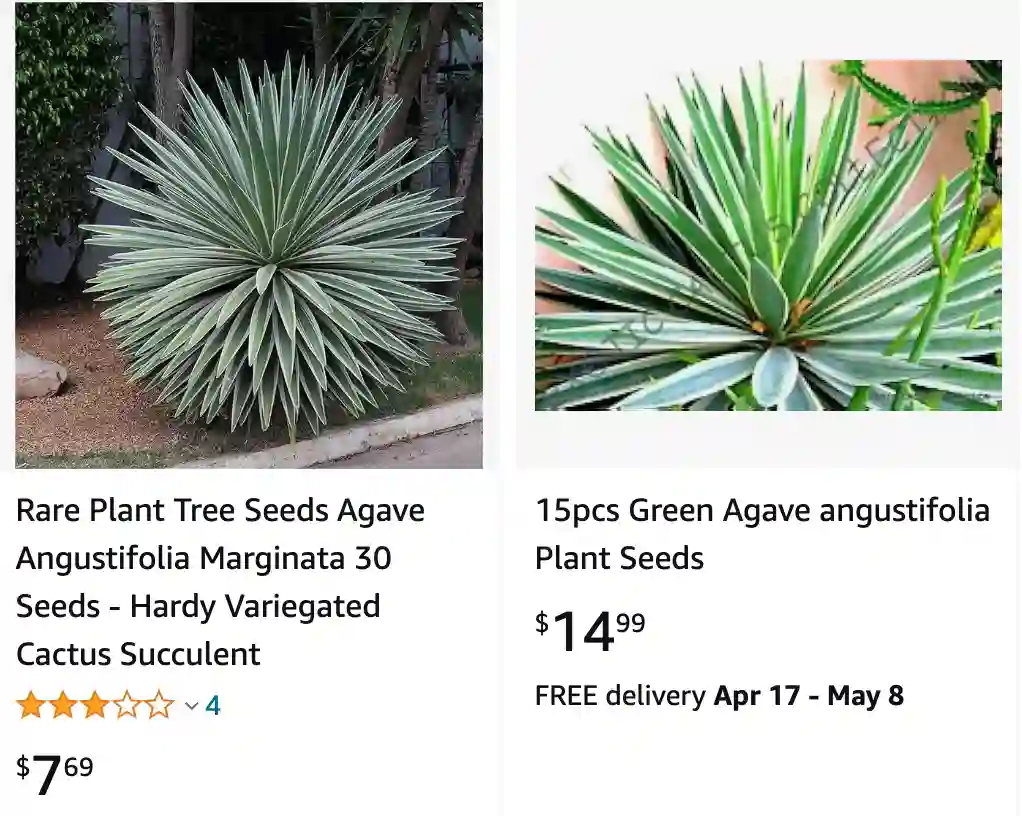
Agave Angustifolia: The Eye-Catching Succulent That Thrives on Neglect
Agave angustifolia, also known as the variegated Caribbean agave, first caught my eye at a local botanical garden. Its architectural form, with rosettes of stiff, sword-shaped leaves edged in creamy white, was captivating. Unlike many fussy garden dwellers, this agave embodied effortless elegance. After much research and a successful shopping trip, a variegated Agave angustifolia became a prized resident of my own patio.
Over the years, I’ve learned the intricacies of caring for this low-maintenance succulent. Here, I share my experience with this fascinating plant, hoping to inspire you to cultivate its beauty in your own garden.
304 Species in Genus Agave
How tall will a variegated Agave angustifolia grow?
One of the first questions I had was about the ultimate size of my new agave.
The mature height of a variegated Agave angustifolia can vary depending on growing conditions, but it typically reaches around 0.9 meters (3 feet) tall. The real showstopper is the rosette spread, which can reach up to 1.2 meters (4 feet) in diameter. This creates a stunning focal point in any garden bed.
How to transplant an Agave angustifolia?
While agaves are generally slow growers, they may eventually need a new home in your garden. Here’s what you need to know about transplanting:
The key to successful transplanting is choosing the right time and following proper technique. The best time to move your agave is during the cooler months, spring or fall. Here’s a step-by-step guide:
- Water the agave thoroughly a few days before transplanting.
- Carefully dig around the base of the plant with a shovel, creating a wide circle.
- Once loosened, carefully lift the agave with a friend for larger specimens.
- Prepare the new planting hole, ensuring it’s well-draining and slightly larger than the root ball.
- Position the agave in the hole and fill the surrounding space with fresh potting mix.
- Water deeply to settle the soil and avoid overwatering in the following weeks.
Is Agave angustifolia poisonous?
While not deadly, Agave angustifolia can cause skin irritation upon contact. The sharp spines can pierce the skin, and the sap may cause itching, redness, or swelling. When handling your agave, it’s best to wear gloves for protection.
Beyond the Basics: Additional Tips for Agave Angustifolia Success
Here are some additional tips to ensure your variegated Agave angustifolia thrives:
- Light: Agave angustifolia needs plenty of sunlight, ideally at least 6 hours a day.
- Water: This succulent thrives on neglect when it comes to watering. Allow the soil to dry completely between waterings, especially during the cooler months.
- Soil: Well-draining soil is crucial. Consider using a cactus or succulent mix or amending your existing soil with sand or perlite for improved drainage.
- Fertilizer: Fertilizing is not necessary for Agave angustifolia. In fact, overfertilizing can harm the plant.
- Winter Protection: In colder climates (USDA zones below 9b), you may want to protect your agave from freezing temperatures. Cover the plant with frost cloth or burlap during cold snaps.
Agave Angustifolia: A Plant for Every Season
With its architectural beauty and low-maintenance needs, the variegated Agave angustifolia is a perfect addition to any garden. Its tolerance for neglect makes it ideal for busy plant parents, while its striking form adds a touch of drama to any landscape. So, if you’re looking for a conversation starter that thrives on benign neglect, look no further than the Agave angustifolia.
If i die, water my plants!
